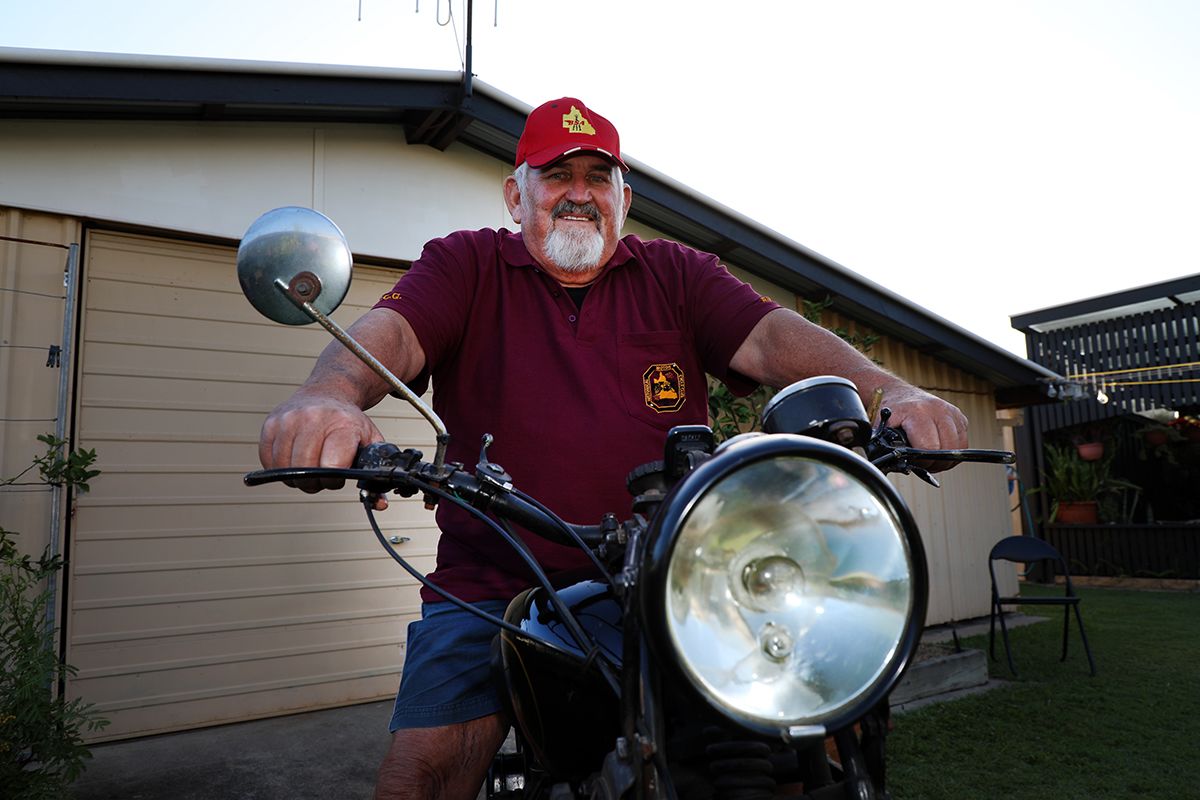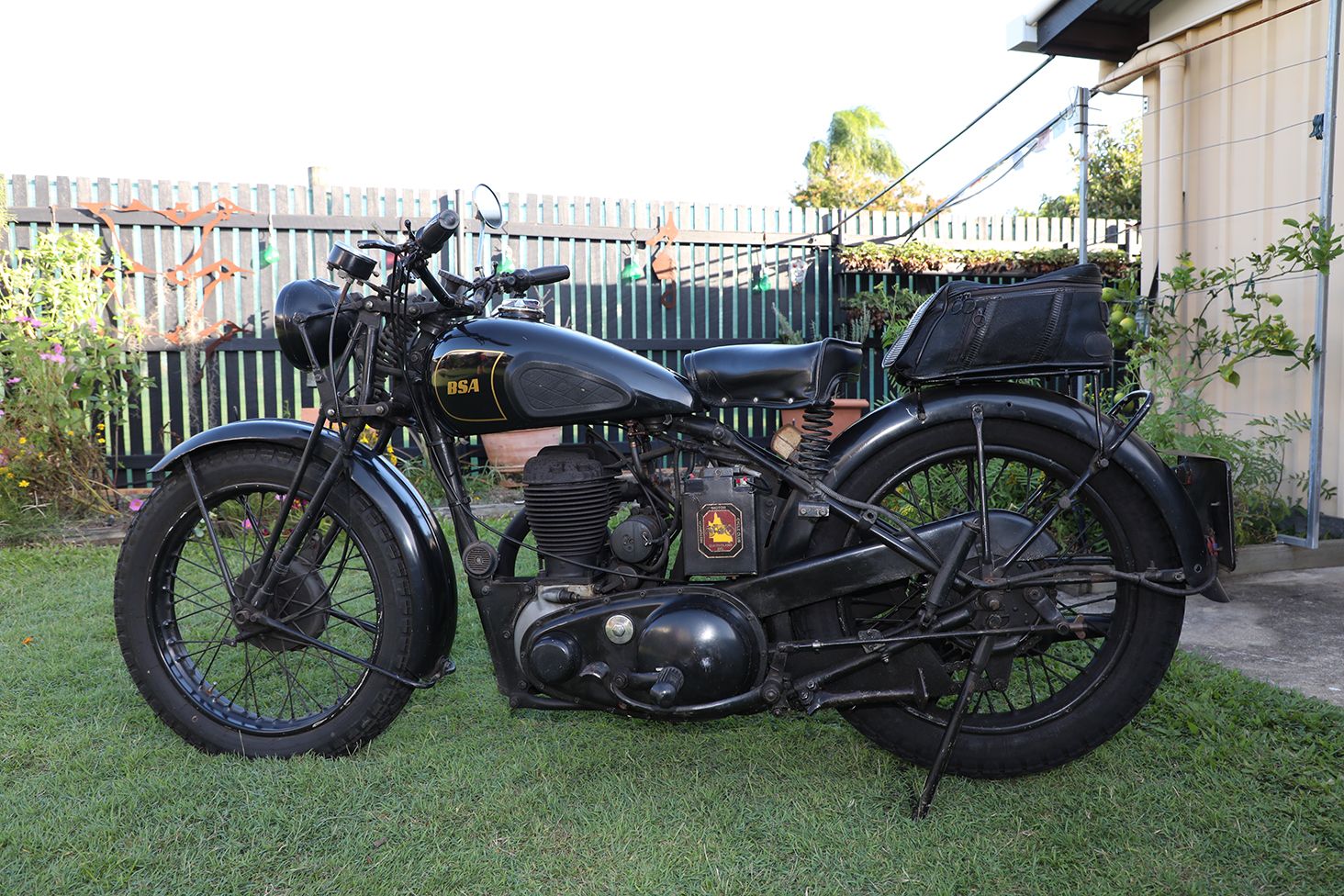In our Garage: David Hargreaves' 1940 BSA M20
David Hargreaves has been working on his 1940 Birmingham Small Arms M20 since the late 80s, having now been riding it for the past 20 years.







Q. Where did the bike come from?
A. This particular model of bike was built for World War Two British Army and it was a dispatch riders’ machine, so that was the way they used to communicate by sending telegrams by motorcycle or horse.
The motorcycle was quicker, but after the war they were expendable so they were all sold off as war surplus and this particular model was bought in 1950 here in Bundaberg.
My father in law bought the bike back then and rode it as a cane cutter until 1969 when he parked it in the shed and he wouldn’t let me look at it.
I got hold of it 33 years after it had been parked up and I restored it and have now been riding it for nearly 20 years as part of the historic motorcycle club.
It goes to a lot of rallys and is a very reliable bike with 500 CC single side valve, grinder forks, no rear suspension and just a joy to ride and the comfort is in the springs in the seat.
Q. Tell us a bit about the bike:
A. The bikes got a reasonable sized fuel tank because they wanted to get as far as they could in the war.
It isn’t very fast; it reaches around the 55 to 60 miles per hour mark flat out and that is really pushing it.
They were built tough, with the engine itself being designed in 1929 but they had heaps of spares which is why the army pulled the contract together and used all the old bits and pieces together so they could manufacture and ship them off to the war.
At the time there were a lot of flasher models, these bikes really should be considered about a 1930 model, but they were made in 1940 onwards.
The good thing is you can get parts virtually anywhere that builds motorcycles all around the world. For example, India still has parts that are wrapped in greaseproof wrapping from the war.
Q. How do you operate the bike?
A. To start the bike, you prime the carburettor and it’s got a manual advance and retard lever.
But with this era to retard the spark and pull another lever which pulls the valves up and allows you to turn the engine over freely without any compression so nothing is going to fire.
When you are ready to or think you have sucked enough fuel into the engine, you let the valve lifter go and you give it one decent kick and it’ll fire up and you can give it a little bit of advance on the spark and away it’ll go.
Q. What have you done to restore the bike?
A. When I first got the bike I thought it was just going to be as simple as brushing a coat of paint on it and away I’d go, but it didn’t happen.
The engine was totally worn out, so I completely stripped the engine right down and began bearing new pistons and had to put all new gaskets, all cables.
The tyres were all perished so everything had to be fixed, and this was all back in the early 80s.
I’ve always had a keen interest in military vehicles, and just after I’d rebuilt a 1942 Willys Jeep, I always had my eye on restoring this for the sake of the family.








